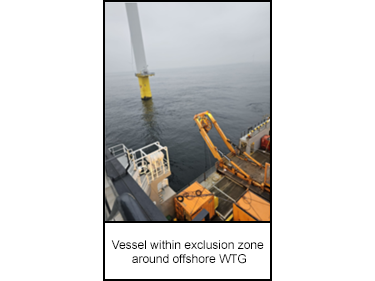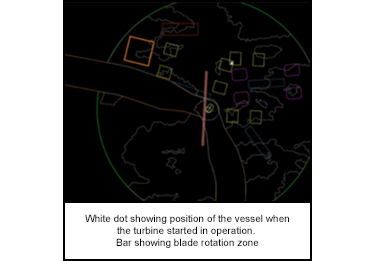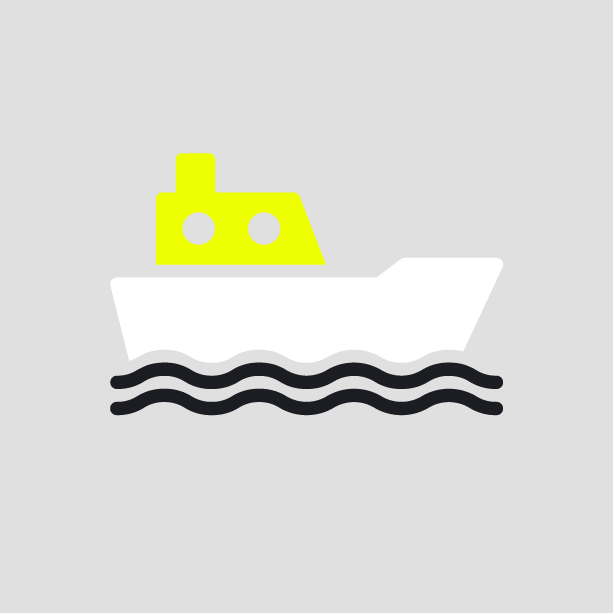-
What happened?
During boulder relocation works, a vessel operated within the 50 metres (164 feet) exclusion zone around an offshore wind turbine generator.
The dynamic positioning officer (DPO) observed the turbine unexpectedly yaw and start up.
This forced the vessel to take emergency evasive action to avoid impact.

-
Why did it happen?
The vessel had a valid vessel approach permit (VAP) for the duration of its boulder clearing task.
The team controlling the wind turbines realised that the turbine near the vessel had stopped moving.
They decided to remotely reboot the turbine and clear the stop. This forced a breach on the VAP meaning the vessel had to take evasive actions.

-
What did they learn?
Vessels should move clear of turbine fields if permits are withdrawn or conditions change unexpectedly.
Stop work authority should be applied decisively whenever risks escalate.
Operators should ensure that the timing of all activities is clearly communicated and agreed during planning.
Vessel approach permits should be shared among all operators to prevent conflicts.
Control of work for simultaneous operations should be jointly managed to avoid different operators working unsafely in the same area.

-
Ask yourself or your crew
How can teams make sure permits are fully in place and understood before operations begin?
In what ways can all operators on a site be kept aware of each other’s activities?
How can crews check and align their understanding of control systems before starting work?
What processes could strengthen coordination when different operators are carrying out tasks in the same area?

Add to homescreen
Content name
Select existing category:
Content name
New collection
Edit collection
What happened?
During boulder relocation works, a vessel operated within the 50 metres (164 feet) exclusion zone around an offshore wind turbine generator.
The dynamic positioning officer (DPO) observed the turbine unexpectedly yaw and start up.
This forced the vessel to take emergency evasive action to avoid impact.

Why did it happen?
The vessel had a valid vessel approach permit (VAP) for the duration of its boulder clearing task.
The team controlling the wind turbines realised that the turbine near the vessel had stopped moving.
They decided to remotely reboot the turbine and clear the stop. This forced a breach on the VAP meaning the vessel had to take evasive actions.

What did they learn?
Vessels should move clear of turbine fields if permits are withdrawn or conditions change unexpectedly.
Stop work authority should be applied decisively whenever risks escalate.
Operators should ensure that the timing of all activities is clearly communicated and agreed during planning.
Vessel approach permits should be shared among all operators to prevent conflicts.
Control of work for simultaneous operations should be jointly managed to avoid different operators working unsafely in the same area.
Ask yourself or your crew
How can teams make sure permits are fully in place and understood before operations begin?
In what ways can all operators on a site be kept aware of each other’s activities?
How can crews check and align their understanding of control systems before starting work?
What processes could strengthen coordination when different operators are carrying out tasks in the same area?
A vessel took emergency evasive action when a wind turbine unexpectedly restarted during boulder relocation works within the exclusion zone.












